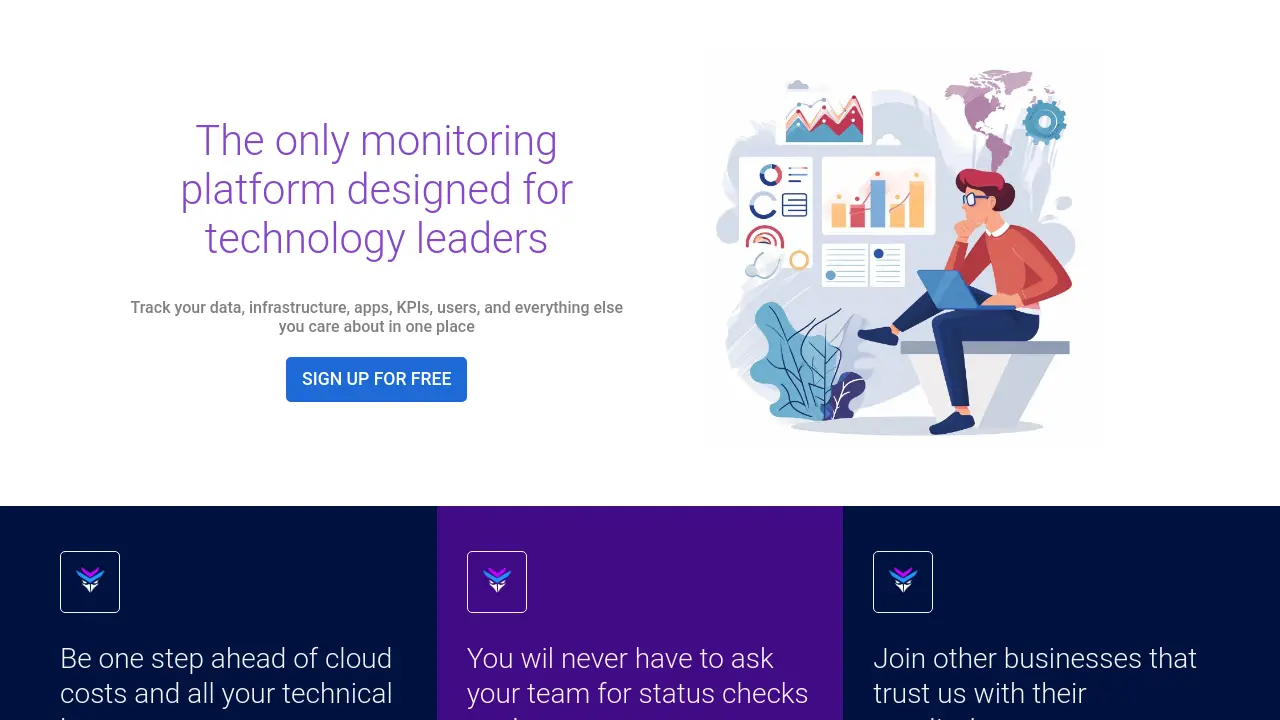HawkFlow.ai
The unified monitoring platform designed for technology leaders.

Description
HawkFlow.ai is a comprehensive monitoring platform built specifically for technology leaders and their teams. It enables users to consolidate the tracking of diverse metrics including data pipelines, infrastructure health, application performance, key performance indicators (KPIs), user activity, and machine learning model accuracy within a single interface. The platform aims to provide a unified overview, eliminating the need to check multiple disparate monitoring systems and saving valuable time for engineering teams.
By offering simple code integration, HawkFlow.ai allows teams to quickly incorporate monitoring into their development processes without complex setup procedures. It facilitates proactive identification of technical issues, potential cloud cost overruns, and disruptions to existing architecture. The system provides issue analysis to help teams prioritize efforts effectively and includes features like automatic alerts and specific integrations, such as with Apache Airflow, to enhance monitoring capabilities across various aspects of technology operations.
Key Features
- Centralized Monitoring: Track data, infrastructure, apps, KPIs, users, and more in one dashboard.
- Proactive Issue Detection: Get early warnings for technical issues and potential cost overruns.
- ML Accuracy Monitoring: Specifically track and monitor machine learning model performance.
- Cloud Cost Monitoring: Gain visibility into cloud spending and potential savings.
- Simple Code Integration: Easily integrate monitoring into existing workflows with minimal setup.
- Issue Analysis: Identify key areas needing focus for maximum benefit.
- Customizable Monitoring: Track virtually anything, limited only by creativity.
- Automatic Alerts: Receive notifications for important events or threshold breaches.
- Apache Airflow Integration: Seamlessly monitor Airflow pipelines.
Use Cases
- Gaining a unified overview of engineering systems for technology leaders.
- Monitoring machine learning model performance and accuracy (MLOps).
- Tracking key product performance indicators (KPIs) and user activity.
- Monitoring infrastructure uptime, cron jobs, and database health.
- Controlling and optimizing cloud computing costs.
- Integrating monitoring early in the development lifecycle.
- Reducing time spent by engineers on status checks.